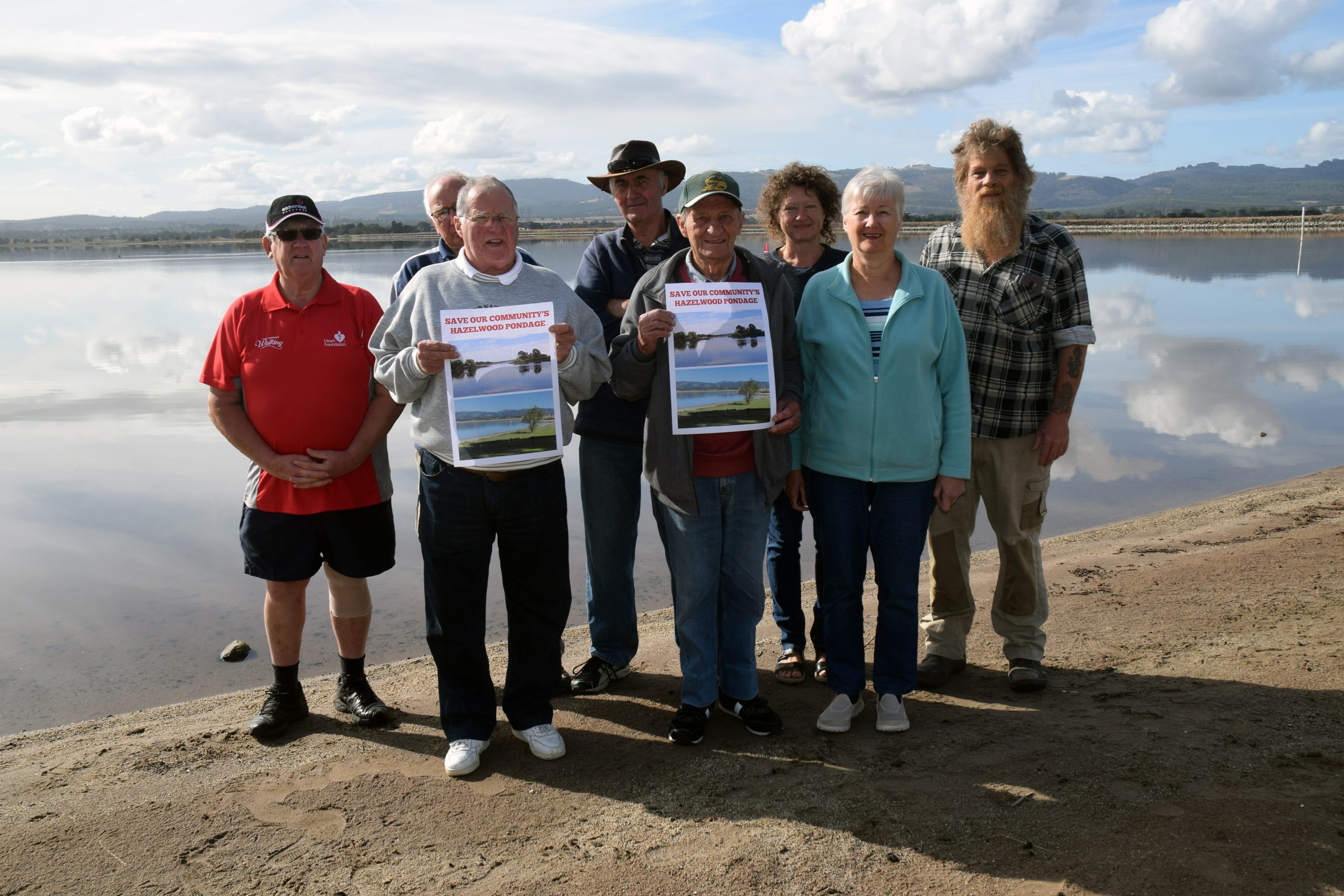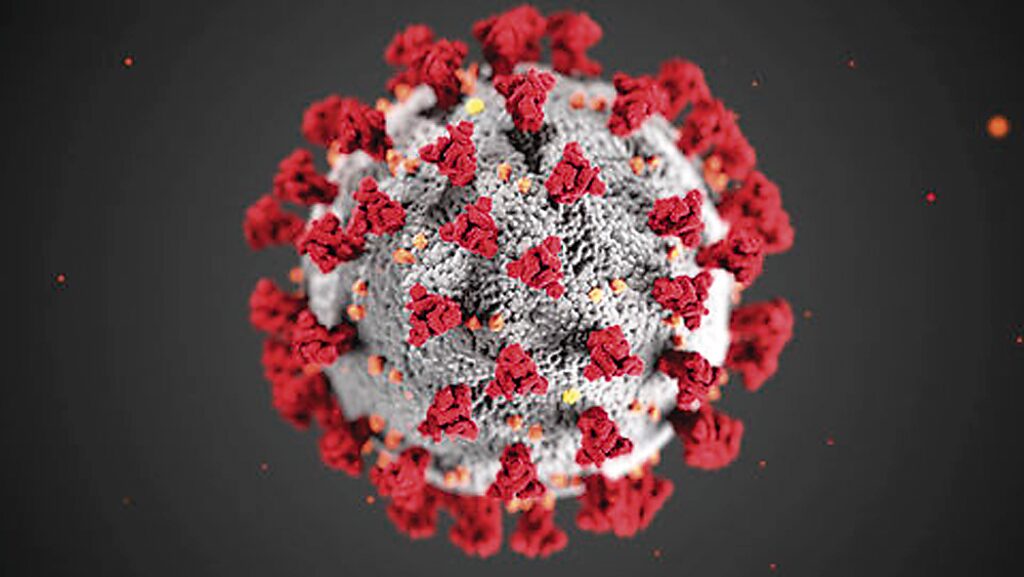By ERIKA ALLEN
IN March 2020, healthcare systems had to adapt rapidly as the first wave of COVID cases arrived. Hospitals, including Central Gippsland Health (CGH), introduced temperature checks at entrances and mask policies to manage the crisis.
Staff took on heavier workloads to meet testing demands, while telehealth expanded rapidly. Concerns over patient care, particularly for the elderly, also grew as restrictions limited in-person visits.
Five years after COVID transformed healthcare operations overnight, medical professionals are reflecting on the lasting impacts.
CGH director of aged care Caron Mallet, director of nursing and chief nurse, Mandy Pusmucans, and infection control clinical nurse consultant Cathy Mowat, shared their insights on how hospitals, staff, and patient care have evolved.
Erika Allen: What are the most significant lasting impacts of the pandemic at CGH?
Caron Mallet on aged care: Prolonged isolation during lockdowns led to cognitive and physical declines in some residents, resulting in the recognition of the long-term impact of lockdowns on residents’ emotional and mental health. This resulted in a shift toward more flexible visitation policies while balancing infection control.
Cathy Mowat on infrastructure: New building works, for example a new negative pressure room in our Critical Care Unit and funding for upgrades to our air handling systems under HVAC (Heating, Ventilation and Air conditioning) funding. A mobile vaccine fridge which we used for the state-run vaccination clinic and was purchased with a donation from Esso has greatly improved the transport of vaccines for our staff health vaccination program.
EA: How did staff step up as the pandemic impacted staffing levels and workforce shortages?
Mandy Pusmucans on teamwork: Workforce challenges were evident, with all staff impacted by COVID in one way or another. Having said that, all staff stepped up to meet the challenges – this was both amazing and humbling. From the nurses setting up RAT testing stations, to the environmental services doing a ‘COVID clean’ so that another patient could take up that space; to the food services teams in delivering meals to patients in isolation; to the engineering team for quickly adjusting the configuration of our wards to minimise risk to staff, patients and visitors; and to the community for their understanding around the restrictions in seeing their loved ones who were in hospital.
Cathay Mowat on testing services: Staff willingly increased their hours and volunteered for special roles such as working in the state-run vaccination centre, gaining their qualification as immunisation nurses, being available for pop up testing sites during exposure events.
Staff loved being a part of these emergency initiatives supporting communities for pop up testing as far away as San Remo and Cowes. We had our own emergency testing pop up sites at the Baptist Church after someone had bought fuel at Heyfield! And again on New Years Day when the borders were closed and all the holiday makers from the south coast of NSW came pouring back into Victoria all requiring a COVID test before leaving their cars. We had to call on our staff to set up a testing bay in the ED drive through area with only a few hours’ notice.
EA: What permanent changes were made to hospital operations?
Mandy Pusmucans on connectedness: As an executive, my relationships with my colleagues across the region and the state have been enriched – a sense of ‘we all were in this together’, and the sharing of contact details, has carried on, enabling easier solutions and collegial support.
We have continued a daily (weekday) short online operational ‘check in’ each morning, which provides a quick and easy forum for understanding the state of the service for that day, as well as a forum for asking questions that prior to COVID, would have required an in-person and time-consuming meeting. In summary, we are more time efficient with this. Across the region, we will now easily ‘stand up’ a daily online meeting if a significant event occurs, such as a fire. This quickly brings the region together for support and solutions.
EA: How did the pandemic accelerate reform?
Cathy Mowat on aged cared: Rights for aged care residents recommended following the Royal Commission into Aged Care Quality and safety into the impact of COVID-19 on aged care, will ensure that elderly people in care will not be deprived of their basic human rights in future pandemics despite the challenges posed in keeping people safe during COVID outbreaks in residential care facilities.
Caron Mallet on emergency preparedness: More structured outbreak management plans and pandemic response protocols were developed. Greater focus on emergency preparedness.
Mandy Pusmucans on staff meetings: COVID required us all to ‘meet the challenges together’ and to do this ‘on the run’. This resulted in some incredible teamwork and innovation. This theme has continued post-COVID. For example, ‘online’ meetings continue, which is usually a better use of time taken to travel; though we now have to balance the ‘online’ with the ‘in person’, and recognise that they are different modalities.
EA: What were the most significant lessons learned from the pandemic?
Cathay Mowat on future preparedness: We should never assume that this can’t happen again. It can and it most certainly will happen again. We should always remain vigilant and maintain the programs and initiatives that were implemented. Building works should continue to consider the potential to adequately isolate patients, to maintain adequate air movement and the percentage of fresh air to reduce the risk of infection.
Caron Mallet on mental health support: Isolation’s impact on residents underscored the need for mental health support and flexible engagement strategies.











